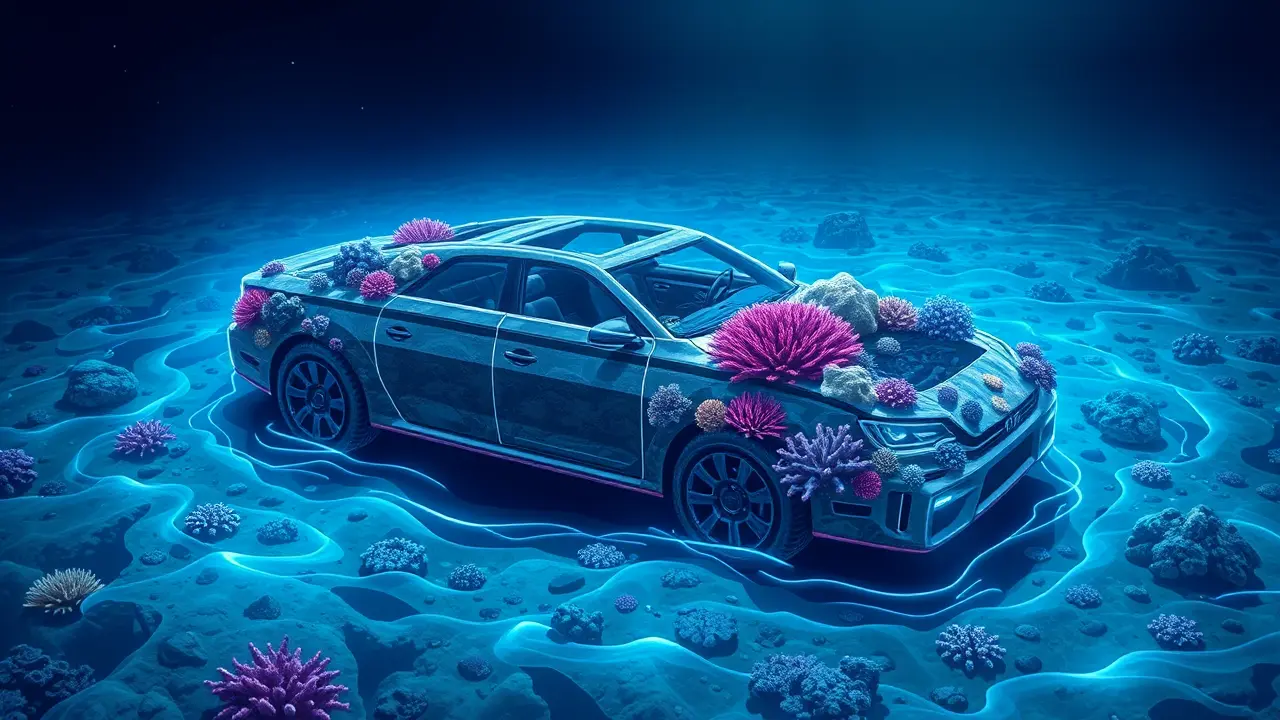
Miami Drops Cars to Create Artificial Coral Reefs
UN
1 month ago7 min read
In a bold and controversial response to the escalating crisis of coral reef degradation, the city of Miami has initiated a radical conservation strategy, sinking twenty-two decommissioned vehicles into the Atlantic Ocean to serve as the foundational skeleton for new, man-made reefs. This ambitious undertaking, dubbed the Concrete Coral project by the nonprofit Reefline, represents a desperate yet innovative gambit in the face of a dual-threat onslaught from climate change and pervasive pollution, forces that have systematically bleached and decimated the vibrant, life-sustaining coral metropolises that once thrived along Florida's coastline.The science behind this intervention is both elegant and grimly pragmatic; as natural coral larvae, adrift in the ocean currents, seek out solid substrates upon which to settle and colonize, these submerged automobiles—stripped of engines, fluids, and all pollutants—provide the necessary hard surface, an artificial haven in an otherwise barren seascape where natural rock formations have been smothered by sediment or dissolved by increasingly acidic waters. This is not merely an environmental experiment but a profound statement on the Anthropocene, an era where human ingenuity is forced to construct the very ecosystems our industries have destroyed, echoing past, smaller-scale efforts with sunken ships and concrete structures, yet scaling them with an almost theatrical flourish.The project, however, is not without its detractors within the marine biology community, who voice valid concerns about the long-term stability of metal structures in a saline environment, potential leaching of trace contaminants over decades, and the fundamental ethical question of whether we should be engineering replacements for natural wonders, a debate that cuts to the heart of modern conservation philosophy. Proponents counter that in triage situations, such as the catastrophic coral die-offs witnessed in the Great Barrier Reef and across the Caribbean, ideal solutions are a luxury we can no longer afford; action, even if imperfect, is imperative.The success of the Concrete Coral will be measured in the coming years by the silent, slow-motion migration of sponges, algae, and eventually, the delicate, stony corals themselves, as they gradually reclaim these metallic skeletons, transforming symbols of terrestrial consumption into thriving, pulsating hubs of marine biodiversity. For Miami, a city whose very existence is threatened by rising seas, this project is a poignant act of reciprocity, a down payment on a future where the ocean, once again, teems with life, engineered not by chance, but by conscious, determined human design.
#featured
#artificial reefs
#ocean conservation
#climate change
#Miami
#marine life
#environmental solutions
Stay Informed. Act Smarter.
Get weekly highlights, major headlines, and expert insights — then put your knowledge to work in our live prediction markets.
Comments
Loading comments...
© 2025 Outpoll Service LTD. All rights reserved.